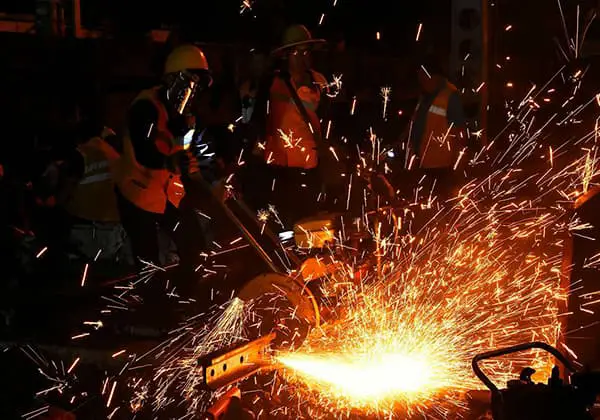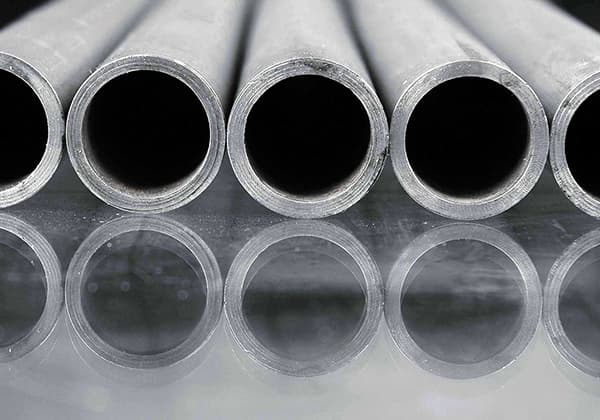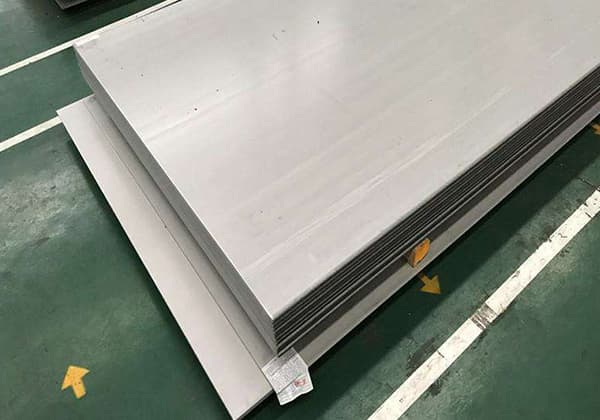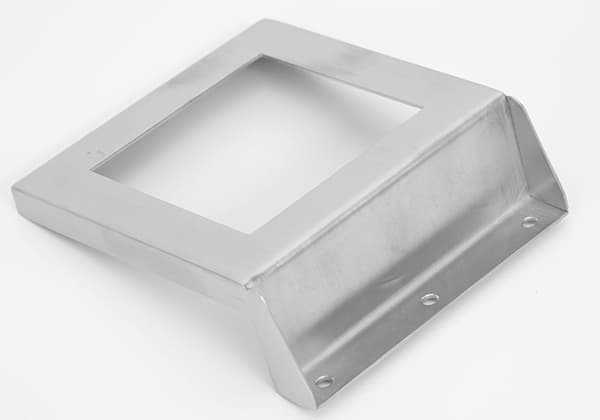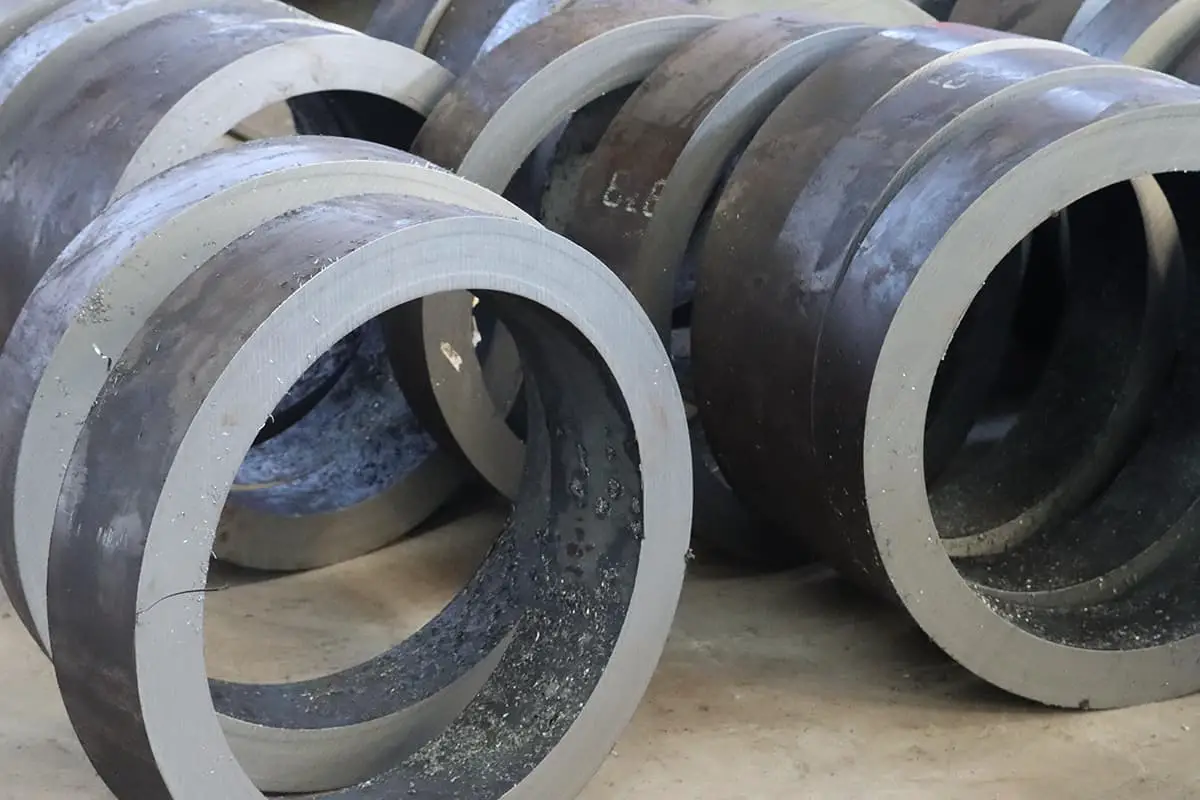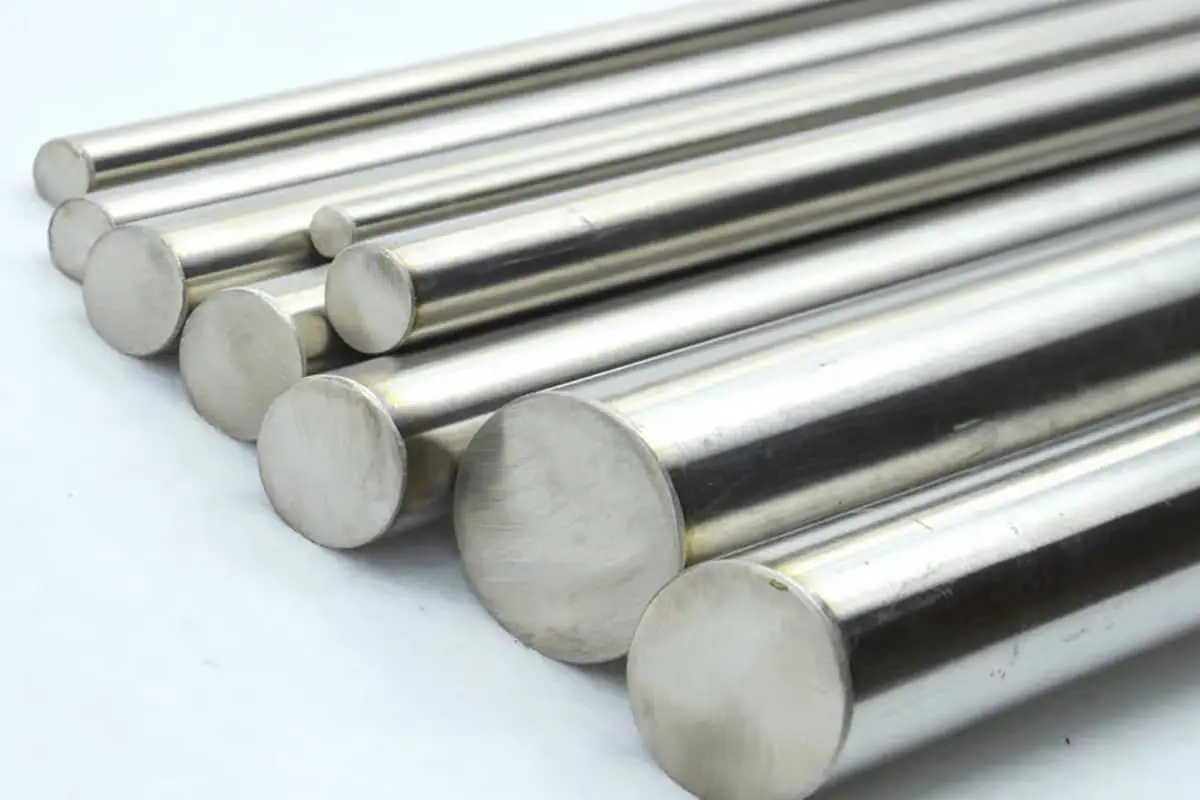
What makes stainless steel a staple in modern industries? Understanding its quality standards is crucial for selecting the right material for your needs. This article explores the essentials of stainless steel quality standards, including corrosion resistance testing, material standards, and specifications for stainless steel plates. Readers will learn how these standards guide procurement and ensure the reliability and performance of stainless steel in various applications. Dive in to gain a comprehensive overview of these critical benchmarks in stainless steel manufacturing.
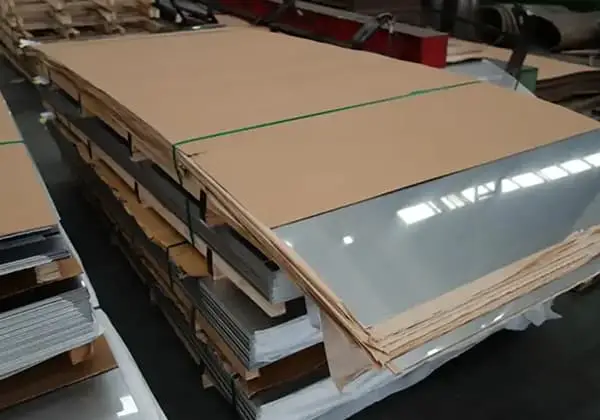
The standards for the quality of stainless steel vary.
It is important to first consult the relevant product standards and also to follow the previously agreed upon terms between the buyer and supplier.
Having a clear understanding of the standards for stainless steel quality (including standards for corrosion resistance testing, material standards, and national standards for stainless steel plate specifications, etc.) can better guide companies in developing procurement and acceptance specifications for stainless steel.

The scope of application for the GB/T24511-2017 standard is for hot rolled and heat-resistant stainless steel plates and strips (including rolled steel plates) and cold rolled and heat-resistant stainless steel plates and strips (including rolled steel plates) for pressure equipment with a minimum width of 600mm.
The contract (order) for ordering according to GB/T24511-2017 shall include the following contents:
1. The actual thickness of the steel plate shall comply with the allowable thickness deviation (the thickness has two-dimensional accuracy: ordinary thickness accuracy PTA and higher thickness accuracy PT. B).
2. The allowable width deviation of steel plate shall meet the following requirements:
In case of cold rolled steel sheet and strip,
Case 1: 1.5~2.5mm thick cold-rolled steel plate: the allowable width deviation is+2mm;
Case 2: Cold rolled steel plate with thickness>2.5~3.5 mm: the allowable width deviation is+3 mm;
Case 3: Cold rolled steel plate>3.5~8mm thick: the allowable width deviation is+4mm.
In case of hot rolled steel plate and strip,
Case 1: the width of the edge cutting is 600~2100mm, and the allowable deviation of the width is+6mm;
Case 2: If there is no trimming, the allowable width deviation shall be negotiated between the supplier and the demander.
3. Allowable deviation of length
The allowable length deviation of hot plate, hot rolled rolled rolled steel plate and cold rolled rolled steel plate shall comply with the corresponding regulations: +0.5% × nominal length, 0 (i.e. 0~+0.5% × Nominal length).
4. Shape, sickle bending, cutting slope and unevenness
Refer to GB/T24511-2017 for corresponding accuracy requirements.
5. Dimension and outline measurement method
Refer to GB/T24511-2017 for corresponding measurement methods.
1. Steel plate weight: steel plate shall be delivered according to theoretical or actual weight.
The nominal size of the steel plate is used for theoretical weight calculation, but the calculated thickness is the arithmetic mean of the maximum and minimum allowable thickness of the steel plate.
2. Steel strip weight: the steel strip shall be delivered according to the actual weight.
The steel grade and chemical composition (smelting analysis) shall comply with relevant regulations.
The allowable deviation of the chemical composition of finished steel plates and strips shall comply with GB/T222.
Stainless steel pitting equivalent index PREN=Cr%+3.3Mo%+16N%.
After cold rolling or hot rolling, the steel plate and strip shall be subject to heat treatment according to the heat treatment system of stainless steel specified in GB/T24511-2017, and shall be delivered after pickling or similar treatment.
The mechanical properties of heat-treated steel plates and strips at room temperature shall comply with relevant regulations.
As required by the demander, austenitic stainless steel and austenitic-ferritic stainless steel can be subject to intergranular corrosion test, and the evaluation standard shall be indicated in the contract.
There are many types of surface processing of steel plates and steel strips, and the Demander shall specify the processing type according to the use demand and indicate it in the contract.
Hot rolled thick steel plate, hot rolled steel strip and coiled steel plate
The steel plates and strips must not have any defects that affect their use.
The surface of the pickled steel plates and strips must not have any oxide scale or residue from the pickling process.
Local defects on the surface of the steel plate may be removed by grinding and cleaning, but the minimum thickness of the plate must be maintained.
A small amount of irregular parts is acceptable for the steel strips.
Cold rolled steel strip and coiled cut steel plate
The steel plate must be free from any defects that could affect its use.
Minor pits, scratches, indentations, pits, roller prints, and color differences with a depth of less than half of the thickness tolerance are acceptable and will not affect its use.
Local grinding is allowed, but the minimum thickness of the steel plate must be maintained.
The steel strip must also be free from any defects that could affect its use.
However, as defects are often unable to be removed in steel strips delivered in coils, a small amount of irregular parts are allowed.
For unpolished steel strips, the surface may have slight pits, scratches, indentations, pits, roll marks, and color differences with a depth of less than half of the thickness tolerance.
The edge of the steel strip must be flat.
The trimmed edge of the steel strip must not have uneven cutting with a depth greater than half of the width tolerance, and there must not be any burr greater than the thickness tolerance of the steel strip.
The non-trimmed steel strip must not have any cracks greater than the width tolerance.


